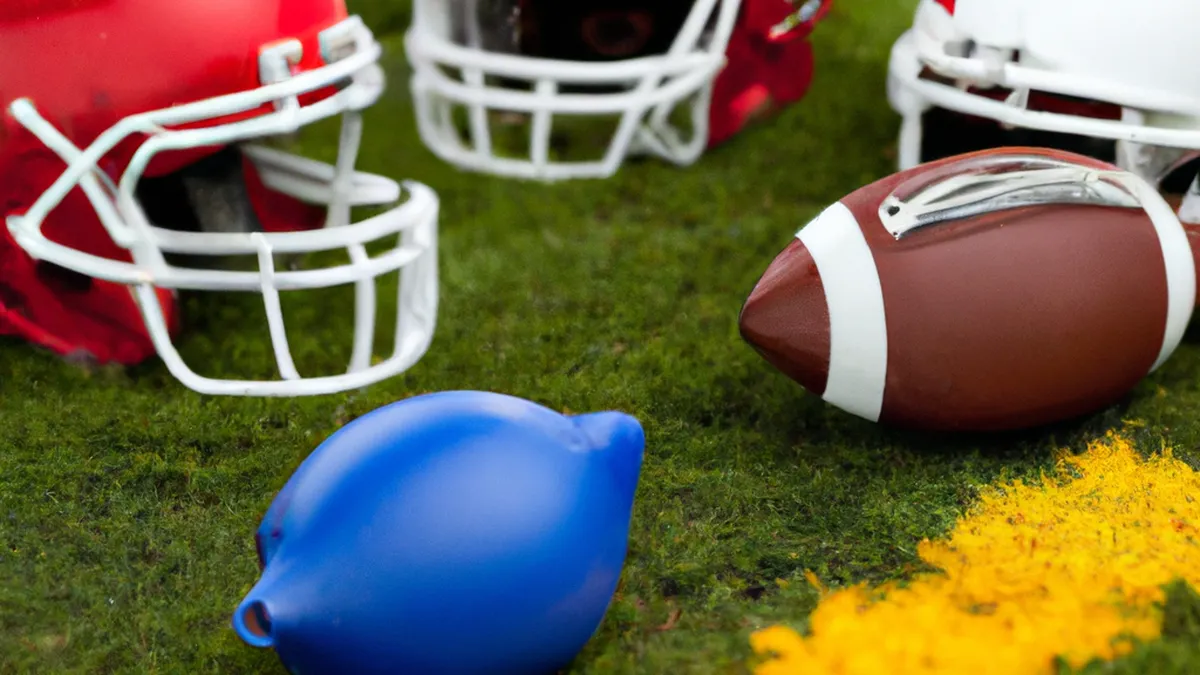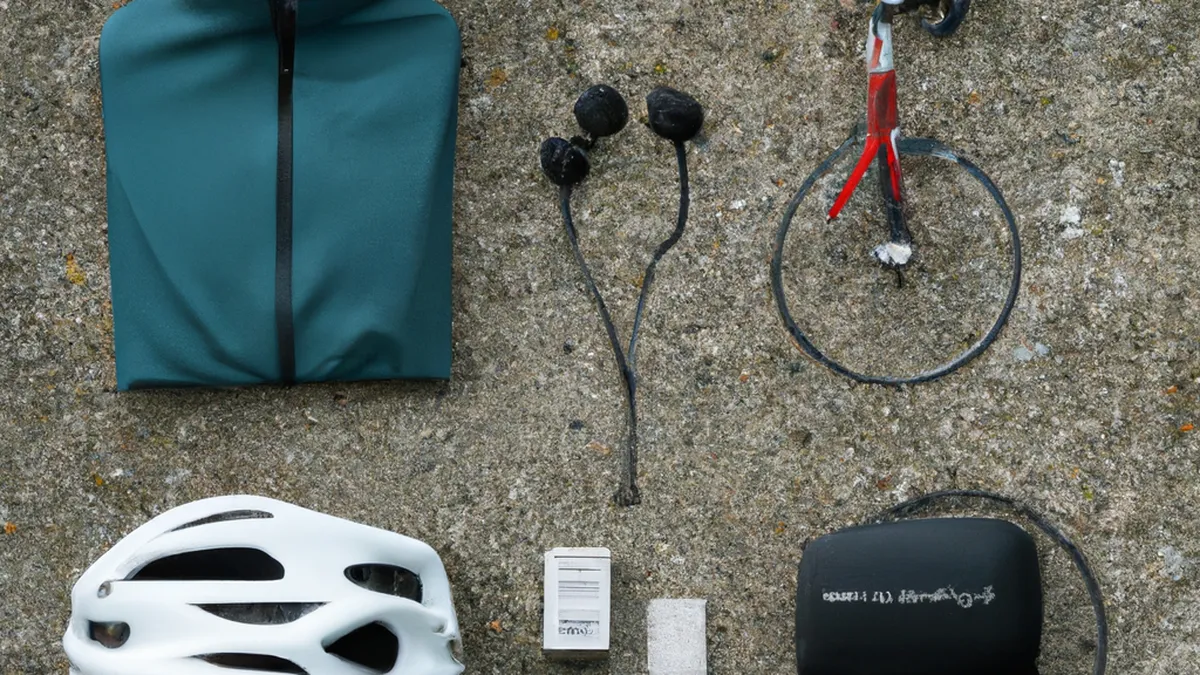Data-Driven Decisions for Race Strategy (Orienteering)
Comparing Race Times Using AnalyticsIn competitive racing, every second counts. Athletes and coaches rely on data analytics to boost performance. Comparing race times helps identify strengths and weaknesses, refine training, and enhance race strategies. This post explores effective race time analysis, its benefits, and practical integration steps.
Understanding Race Time Analytics
Analytics involves collecting and interpreting data for meaningful insights. In racing, it means measuring times across various races and conditions. First, gather comprehensive data on individual race times. Include variables like weather conditions, track surfaces, and competitor performances. These factors significantly influence race outcomes, offering a competitive edge.After collecting data, categorize it effectively. Group race times by distance, event type, and other relevant factors. This organization improves analysis and comparison. Use spreadsheets, databases, or specialized sports analytics software. These tools provide powerful features for visualization, making it easier to spot trends and anomalies.
Utilizing Technology for Data Collection
Modern technology plays a crucial role in data collection for race time analytics. Timing chips, GPS watches, and heart rate monitors offer accurate, real-time data. These tools enable athletes to track performance during training and competitions, providing immediate feedback.Various apps and software can analyze data, identifying patterns and trends over time. For instance, a runner might learn they perform better in cooler weather or notice energy fluctuations during longer races. This insight aids race day preparation, helping athletes strategize pacing and nutrition.
Comparing Times: Key Metrics to Analyze
Focus on key metrics when comparing race times, which provide valuable insights.1. **Split Times**: Analyze how an athlete performs at different race segments. Split analysis reveals pacing strategies and potential issues, like starting too fast.2. **Personal Records (PRs)**: Comparing PRs gauges overall improvement. Tracking progress enables athletes to set realistic goals and celebrate milestones.3. **Competition Analysis**: Understand how an athlete compares to others. Time comparisons highlight improvement areas and inform training focus.4. **Consistency**: Steady race times reflect reliability. Evaluating consistency helps pinpoint whether performance fluctuations stem from external factors or personal conditions.5. **Environmental Factors**: Analyze how temperature, humidity, and altitude affect race times. This information helps athletes prepare for varying racing conditions.
Tips for Effective Race Time Analysis
As an Amazon Associate I earn from qualifying purchases.
Gear tip: consider ankle resistance bands, football, and receiver gloves to support this topic.
To maximize race time analytics benefits, consider these tips:1. **Establish Clear Goals**: Before diving into data, set specific objectives. Do you want to improve speed, or…?
Conclusion
This summary highlights the insights shared on analyzing race times effectively.
Below are related products based on this post:
FAQ
What is race time analytics?
Race time analytics involves collecting and interpreting data related to an athlete’s performance across various races and conditions. It includes measuring times while considering factors like weather, track surfaces, and competitor performances, which can provide a competitive edge.
How can technology aid in race time analysis?
Modern technology, including timing chips, GPS watches, and heart rate monitors, plays a vital role in collecting accurate, real-time data. These tools allow athletes to track their performance and receive immediate feedback during both training and competitions.
What key metrics should be analyzed when comparing race times?
Key metrics to analyze include split times, personal records, competition analysis, consistency, and environmental factors. These metrics provide insights into pacing strategies, overall improvement, reliability, and how external conditions affect performance.















Post Comment